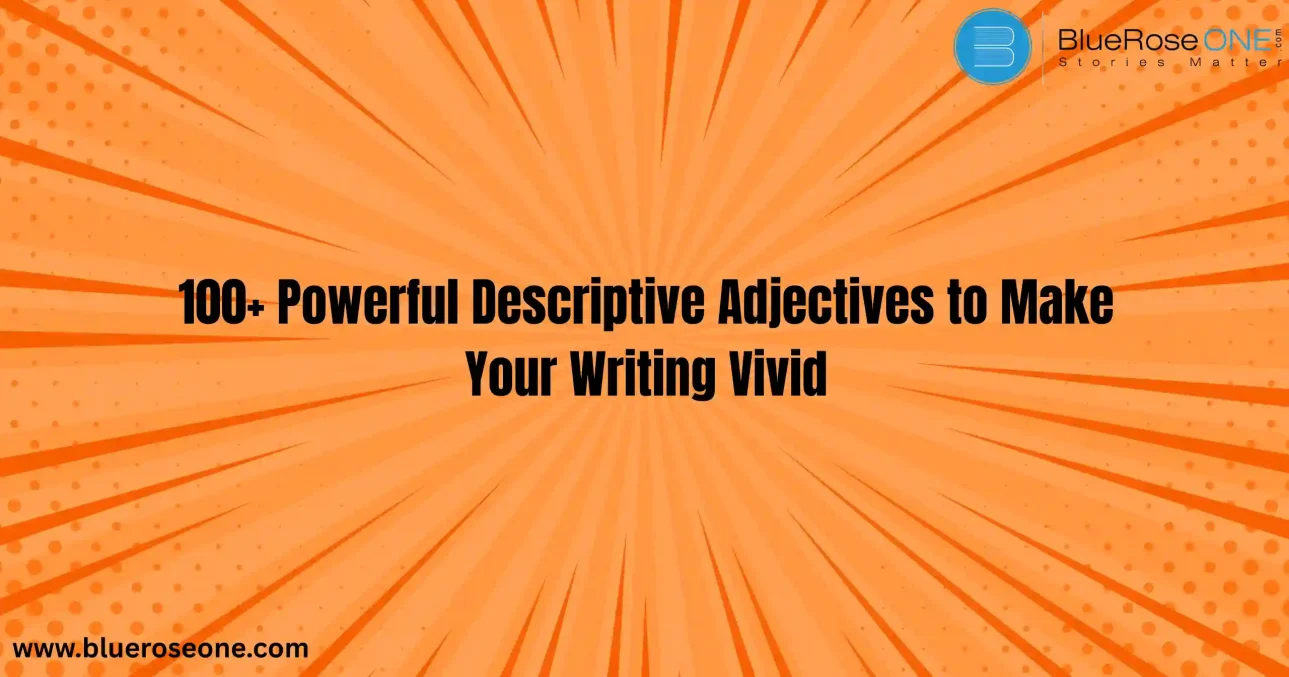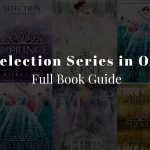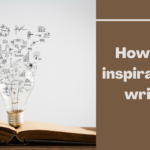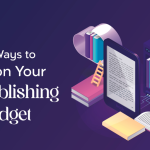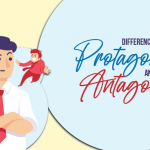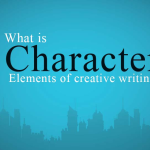Ever read a sentence so vivid that you could taste the air or feel the tension? That’s the power of a good adjective. Descriptive adjectives take flat, lifeless writing and breathe emotion, color, and energy into it. If your writing feels dull or robotic, you might just be missing the right words to paint your picture.
Let’s change that.
What Are Descriptive Adjectives?
Descriptive adjectives are words that modify nouns or pronouns by providing information about their qualities – like color, size, shape, emotion, or condition. They answer questions like what kind?, how many?, or which one?
Difference Between Descriptive and Limiting Adjectives
Descriptive adjectives and limiting adjectives serve distinct functions in writing. Descriptive adjectives add detail, color, and emotion by describing qualities such as size, color, shape, or mood—words like brilliant, fragile, or cheerful enrich the imagery and tone of sentences.
In contrast, limiting adjectives restrict or define the noun rather than describe it. These include words like each, few, many, this, or my, which help specify which or how many items are being discussed.
While descriptive adjectives enhance creativity and vividness, limiting adjectives provide clarity, focus, and structure in communication by narrowing the scope of the noun.
You may also read: 200 Adjectives That Start with A to Boost Your Writing
How Descriptive Adjectives Transform Your Writing
Painting Pictures with Words
Descriptive adjectives play a vital role in transforming ordinary writing into vivid, immersive experiences. By carefully choosing precise and evocative adjectives, writers can paint mental pictures that engage the reader’s senses and emotions.
Instead of saying “a flower,” using “a delicate, crimson flower” immediately brings color, texture, and mood into focus. This power to “paint with words” allows authors to show rather than tell, making scenes more memorable and characters more relatable.
Whether describing a stormy night or a joyful celebration, descriptive adjectives enhance clarity, spark imagination, and breathe life into every sentence.
Setting the Mood and Tone
Descriptive adjectives serve an important part in determining the mood and tone of a piece of writing. Writers can directly impact how readers feel and perceive a narrative by carefully choosing adjectives that convey specific emotions—for example, “gloomy” for a dark scene or “radiant” for a cheerful moment.
These adjectives serve to create mood and emotional context, whether it’s a thrilling thriller or a sweet romance. The appropriate word choice enables the writer to steer the reader’s emotional journey, enhancing the immersion and engagement.
In essence, descriptive adjectives serve as effective instruments for influencing the overall impact of the story.
You may also read: 100+ Adjectives That Start with T to Boost your Writing
Enhancing Character and Scene Descriptions
Descriptive adjectives serve an important function in improving the quality of character and scene depictions in writing. Writers can paint sharper mental images by using vivid and particular modifiers, allowing readers to more intensely visualize situations and individuals.
Instead of just mentioning “a man entered the room,” characterizing him as “a tall, brooding man in a tattered coat” immediately adds depth and mystery. A “sunny day” becomes more immersive when characterized as “a radiant, golden morning with crisp air.”
These properly picked adjectives not only improve sensory detail, but they also elicit emotions, enrich tone, and effectively create atmosphere.
You may also like: 20 Satire Examples in Real-World Every Writer Should Know
List of 100+ Powerful Descriptive Adjectives
Descriptive Adjectives for Appearance
People
- Radiant
- Slender
- Muscular
- Wrinkled
- Elegant
- Disheveled
- Petite
- Chiseled
- Graceful
- Shabby
Objects
- Glossy
- Polished
- Ancient
- Cracked
- Dusty
- Gleaming
- Intricate
- Bulky
- Tarnished
- Pristine
Descriptive Adjectives for Emotions
- Joyful
- Anxious
- Melancholic
- Hopeful
- Furious
- Ecstatic
- Gloomy
- Restless
- Content
- Agitated
Descriptive Adjectives for Taste and Smell
- Spicy
- Bitter
- Tangy
- Pungent
- Aromatic
- Bland
- Zesty
- Smoky
- Sweet
- Rotten
Descriptive Adjectives for Sound
- Hushed
- Roaring
- Echoing
- Shrill
- Melodic
- Muffled
- Piercing
- Soothing
- Clanging
- Whispering
Descriptive Adjectives for Texture and Touch
- Velvety
- Rough
- Slick
- Sticky
- Bumpy
- Coarse
- Gritty
- Fluffy
- Jagged
- Smooth
You may also like: 100+ Adjectives Begin with N (With Meanings & Examples)
Descriptive Adjectives for Size and Shape
- Towering
- Petite
- Bulky
- Spherical
- Slim
- Flat
- Enormous
- Lanky
- Miniature
- Plump
Descriptive Adjectives for Weather and Nature
- Windy
- Frosty
- Scorching
- Misty
- Breezy
- Humid
- Stormy
- Dewy
- Chilly
- Radiant
Descriptive Adjectives for Color and Light
- Crimson
- Golden
- Murky
- Luminous
- Shadowy
- Dazzling
- Pale
- Vivid
- Ashen
- Fiery
You may also like: 150 Adjectives Begin with R Popular in Literature
Creative Uses of Descriptive Adjectives
In Storytelling and Fiction
In storytelling and fiction, descriptive adjectives are essential for creating vivid images, emotional depth, and immersive surroundings.
They assist writers in creating vivid characters and evoking moods that pull readers into the story.
For example, describing a forest as “gloomy” rather than simply “dark” adds a haunting, emotive depth. Carefully chosen adjectives can also influence readers’ views, transforming a “timid child” into a symbol of fragility or a “grizzled warrior” into an emblem of experience and strength.
In Poetry
In poetry, descriptive adjectives play a vital role in evoking emotions, painting vivid imagery, and enhancing rhythm. Poets often use these adjectives to breathe life into abstract ideas, making feelings like sorrow, joy, or wonder more tangible.
For example, words like “whispering winds” or “dusky skies” create sensory experiences that resonate with readers. Carefully chosen adjectives enrich poetic language, adding depth and nuance while allowing poets to express complex themes with brevity and beauty.
In Marketing and Copywriting
Descriptive adjectives play a crucial role in marketing and copywriting by appealing directly to emotions and enhancing product appeal. Words like “luxurious,” “crisp,” or “invigorating” instantly paint a vivid picture and influence consumer perception.
These adjectives help craft persuasive messages that capture attention, build brand identity, and drive action. Whether used in product descriptions, ad headlines, or social media captions, well-chosen adjectives make content more compelling and memorable, turning ordinary messages into powerful calls to action.
You may also like: 100+ Adjectives That Start With N (With Examples & Definitions)
Tips for Using Descriptive Adjectives Effectively
Avoiding Overuse and Redundancy
While descriptive adjectives can improve your writing, overusing them can result in cluttered and repetitive text.
Writers should strive for accuracy rather than using several adjectives that communicate comparable ideas. For example, saying “a small, tiny, little house” is repetitious and less impactful.
Instead, select the most appropriate adjective to completely express your intent. This not only improves clarity, but also keeps the reader engaged by keeping the language concise and effective.
Showing, Not Telling
One of the most effective ways to use descriptive adjectives is by “showing” rather than “telling.” Instead of plainly stating facts, use adjectives that evoke imagery and emotion.
For example, rather than saying “She was sad,” try “Her tear-streaked face looked hollow and distant.” This approach helps readers experience the scene through vivid details.
By carefully selecting adjectives, writers can paint richer mental pictures, making characters and settings feel more authentic and engaging.
Choosing Vivid over Vague
When selecting descriptive adjectives, opt for vivid words over vague ones to paint a clearer picture in the reader’s mind. Instead of saying “nice weather,” describe it as “sun-drenched” or “crisp and breezy.”
Vivid adjectives evoke sensory responses and add emotional depth, making your writing more engaging and memorable. By choosing precise and colorful language, writers can create stronger imagery, enhance tone, and ensure readers fully visualize the scene or character being described.
You may also like: Adjectives that starts with e | Words Popular in Literature
Examples in Action
Before and After Sentences
Before:
The dog was cute.
After:
The tiny, scruffy puppy with wide, curious eyes wagged its tail like a windmill.
Sample Descriptive Paragraph
The crumbling, ivy-covered walls of the ancient castle loomed against the stormy, slate-gray sky. Inside, a musty, shadow-filled hallway stretched endlessly, echoing the footsteps of the nervous, wide-eyed visitors.
Conclusion
Descriptive adjectives are the flavor in your writing recipe. They turn plain into powerful, simple into stunning. By mastering them, you’ll elevate your prose, poetry, or even product descriptions to a new level of impact. So, bookmark this list, experiment, and don’t be afraid to color outside the lines with your words!
Frequently Asked Question
Descriptive adjectives provide details (e.g., blue, tasty), while limiting adjectives define quantity or ownership (e.g., three, his).
Choose only the strongest and most relevant ones. Less is more when each word counts.
Not really. Verbs move the story, but adjectives give it soul. Both matter—together, they shine.
Read fiction, especially classics and poetry. Keep a notebook of vivid words. Use them in your own writing.
Absolutely! They make content more engaging, which boosts dwell time and lowers bounce rates—both great for SEO.

